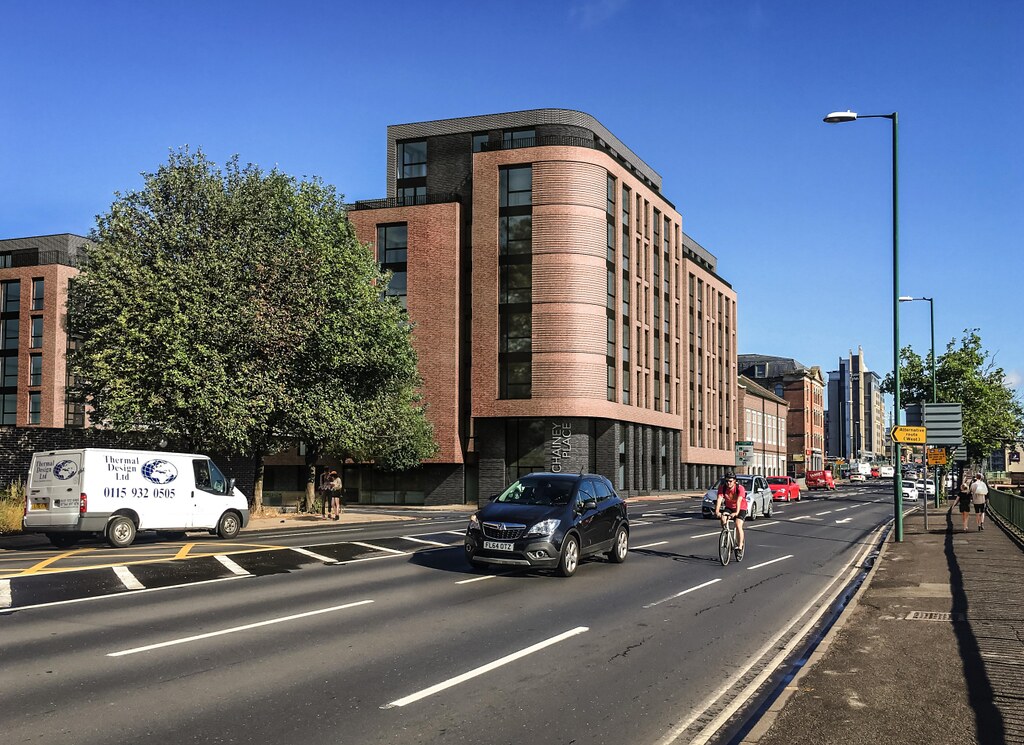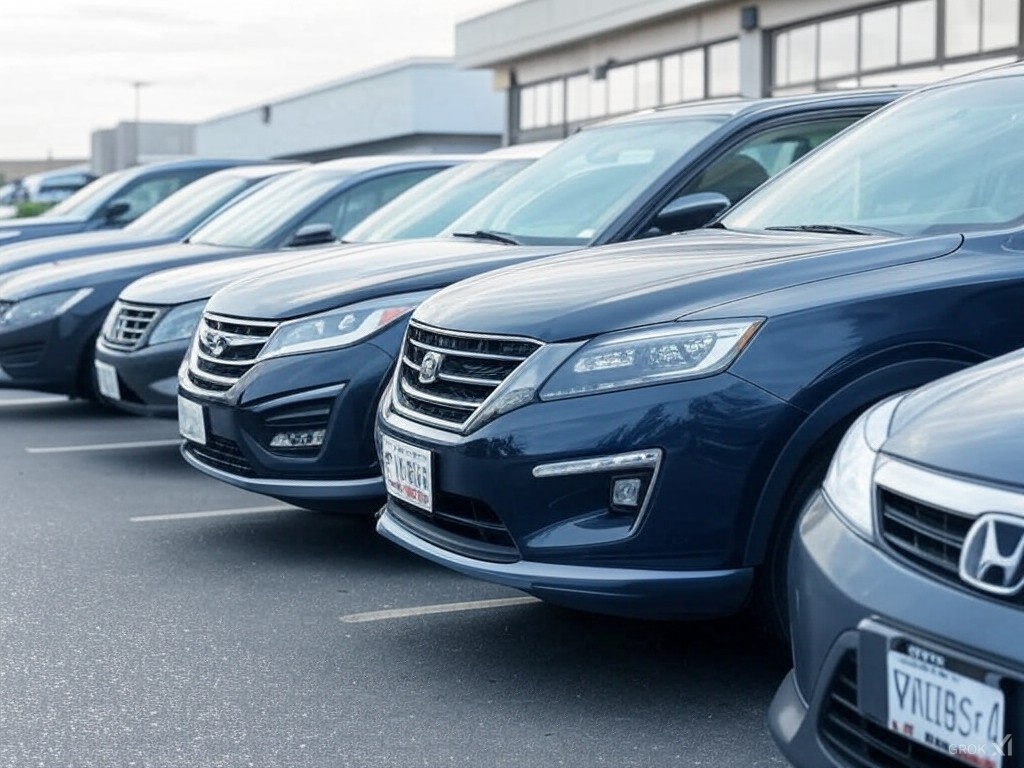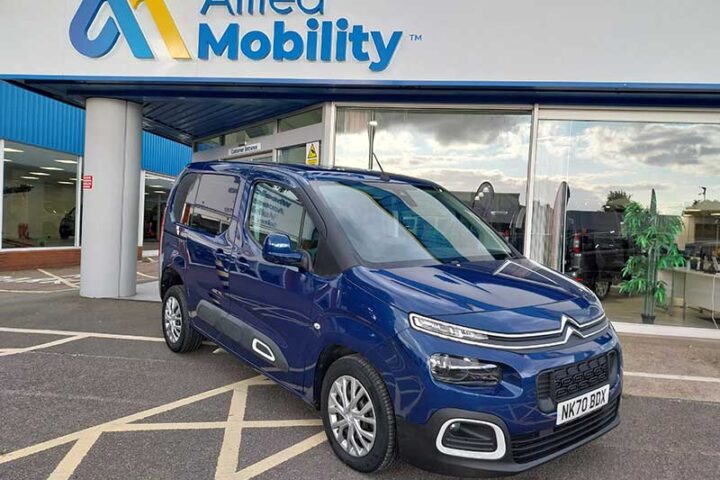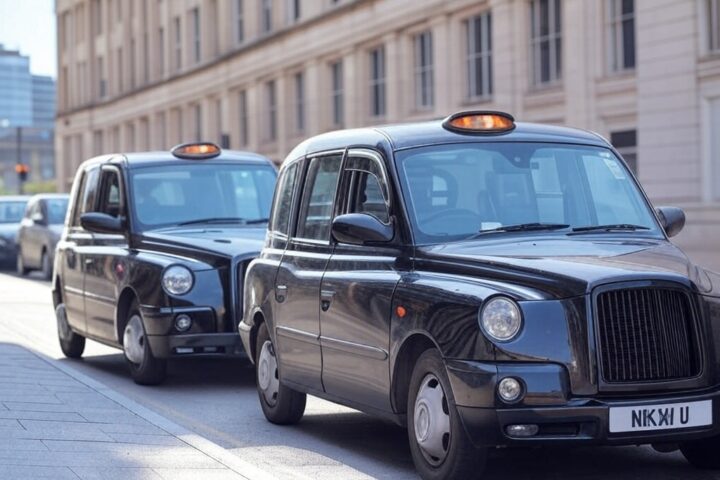Owning a Cat N car means facing a tough choice: should you spend the money to repair it, or is it better to scrap it and move on? Repairing a Cat N car can be worthwhile if the damage is minor and the car is safe to drive after proper repairs, but scrapping may make more sense if the costs to fix it are too high compared to its value. Understanding what makes a car Cat N is the first step in making this decision, as these cars have non-structural damage that is often cosmetic or related to electrical parts.
Your decision affects not just your wallet, but also your safety and peace of mind. In this article, you will learn what you need to think about before you repair or scrap your Cat N car, including costs, car value, and important safety tips. Knowing your options will help you make the right choice for your needs and budget.
Understanding Cat N Cars
A Category N write-off means the car was damaged enough for your insurer not to pay for repairs, but the structure was not harmed. Knowing the difference between the write-off categories helps you make informed decisions about repair, scrapping, or resale.
What Is a Cat N Car?
A Cat N car, or Category N, is a vehicle written off by an insurer because of accident damage that does not affect the car’s main structural frame. Non-structural areas can include electrical systems, brakes, steering components, or exterior panels. Insurers declare the car a Category N write-off when the repair costs outweigh its value or when repairs are not economically sensible.
Unlike structural write-offs, you can repair and return Cat N cars to the road after fixing the issues. Most Cat N damage relates to non-structural parts needed for safety, like the brake system or airbags, so repairs must meet professional standards before you can safely drive the car.
While insurers record Category N status on the car’s history, it can be safe to drive if properly fixed. It is also usually cheaper to buy, but may be harder to resell and can face higher insurance premiums.
Differences Between Cat N and Other Write-Off Categories
There are four main insurance write-off categories: Cat A, Cat B, Cat S, and Cat N.
- Cat A: Must be scrapped. The whole car is unsafe.
- Cat B: Body must be crushed, but some parts may be used as spares.
- Cat S: Structural damage, but can be repaired and returned to the road.
- Cat N: Non-structural damage only, can also be repaired and reused.
The main point is that Category N write-offs have no damage to the car’s chassis or basic frame. By contrast, Category S write-offs include structural harm, which requires more costly and involved repairs and may affect future safety. Cat A and B are much more serious and cannot return to the road.
How Cars Become a Category N Write-Off
A car usually becomes a Category N write-off after an accident where repair costs are higher than its market value but haven’t impacted the structure. Insurers assess if fixing things like wiring, airbags, or body panels is worth it. If not, they declare it a Category N for economic reasons.
Often, insurers factor in possible hidden costs and the time repairs might take. For example, damage to electrical parts might look simple but be expensive due to parts and labour. When repairs would cost more than the car is worth or not be affordable for the insurer, it gets listed as Category N and is sold as salvage or to someone willing to repair it.
Evaluating Repair vs Scrap Decisions
When deciding whether to repair or scrap a Cat N car, you need to look at damage types, repair costs, and the car’s safety. Careful checks help make sure you do not miss hidden issues that could affect value or roadworthiness.
Assessing Structural and Non-Structural Damage
Cat N cars have damage that is not structural, meaning the core frame or chassis is not affected. Typical issues include dents, damaged panels, or broken lights, but sometimes these surface problems can hide deeper trouble if not inspected carefully.
Structural damage is more severe and relates to the car’s main frame, but Cat N cars should not have this by definition. Still, it’s important to check for weakened floors, mounting points, or suspension connections, since mistakes in classification can happen.
Use a professional mechanic to do an inspection if you are unsure. A proper check helps avoid risky repairs and ensures you fully understand what is needed to bring the car to a roadworthy condition. You can read more about these differences in detail with this guide on Cat N car damage.
Determining Repair Costs and Market Value
The first step is to estimate the total repair costs. Ask for quotes from trusted garages and mechanics. Include all parts, labour, and additional costs like paintwork or alignment.
Compare these costs to the car’s current market value, both before and after potential repairs. If the repair costs are close to or more than the market value of the car, scrapping may be a smarter financial choice.
You can use online valuation tools or look up recent sales for similar models. Remember that repaired Cat N cars often sell for less and can be harder to insure.
Analysing Safety-Related Parts and Systems
Assess all safety-related parts closely. Even though a Cat N car should not have structural damage, safety systems such as airbags, seat belts, brakes, and electronic stability control can still be involved in the damage.
Inspect and, if needed, replace these systems. Repairs must bring the car back to a fully roadworthy condition so you can drive safely. Focus on:
- Airbags and sensors
- Seat belt mechanisms
- ABS and traction systems
- Lighting and indicators
If repairs on these safety items are expensive or risky, scrapping might be the safer choice.
Financial Considerations of Cat N Repairs
Understanding the financial side of repairing a Cat N car is important. Costs and insurance issues play a big role in your decision.
Comparing Repair Costs to Vehicle Value
It’s key to compare the total repair bill to your car’s current market value before making any fixes. Cat N cars have damage that is mostly cosmetic or affects non-structural parts. However, repairs can still add up fast, especially with older vehicles.
If the price to fix your car is close to or higher than its value, it may not make financial sense to proceed. This is a common reason why insurers write off these cars; repairs exceed what the car is worth on the market, particularly for vehicles with low value or high mileage.
Breakdown to consider:
- Repair Costs: Labour, parts, and unexpected fees
- Market Value: Actual selling price of similar cars in good shape
- Potential Savings: Doing repairs yourself vs. professional work
For a simple way to check, subtract the estimated repair cost from your car’s market value. If the gap is small, scrapping may be your best option.
Impact on Insurance and Future Claims
Repairing a Cat N car also affects your car insurance needs and options. Insurers view Cat N vehicles as higher risk, so you might pay more for cover. Some companies may refuse cover altogether, limiting your choices.
When you make a claim on a repaired Cat N car, insurers might offer lower payouts if the car gets damaged or written off again. The car’s previous write-off status could also raise questions during a claim, leading to more checks and more paperwork.
Things to keep in mind:
- Premiums may be higher due to increased risk
- Some insurers may add extra terms or conditions
- You must always declare Cat N status when getting quotes
Legal and Documentation Factors
Legal details and correct documentation play a major role when deciding if you should repair or scrap a Cat N car. Understanding how this status affects ownership and resale value will guide your choice.
Vehicle History and Resale Implications
When a car is given a Cat N status, this is permanently recorded in its vehicle history. Even if the car is repaired and roadworthy, the Cat N label does not go away. This can make the vehicle harder to sell later, as buyers and dealers may worry about past damage and possible hidden issues.
An HPI check or any reliable vehicle history check will reveal the Cat N status to potential buyers. This affects the car’s value and could make selling or trading in the car more difficult. You should be ready for lower offers compared to similar cars with a clean history.
A Cat N car may also be viewed differently by insurers, who may charge more or offer less favourable terms. Disclosing all details about previous damage and repairs is a legal requirement when selling. Hiding this could cause serious problems for future owners and possible legal trouble for you.
The Role of the DVLA and Vehicle History Checks
The DVLA is responsible for keeping car records in the UK. A Cat N status is recorded in the official records once an insurance company writes the car off. The DVLA does not require special inspections or paperwork to put most Cat N cars back on the road after repairs, unlike Cat S cars which need more checks.
Before buying or selling, you should use vehicle history checks, like an HPI check, to get details from DVLA records. These checks show if the car was ever written off, has a valid MOT, or has any outstanding finance. A full history helps protect you from fraud and lets you make an informed decision on whether to repair or scrap your Cat N vehicle.
Accurate records and proper documents matter. They ensure your Cat N car is legal to drive and make it easier to sell with confidence, as all information about its past is clear to everyone involved.
Insurance Write-Off Categories Explained
When a car suffers damage, insurance companies place it into specific write-off categories. These categories show how severe the damage is and whether a car is safe or economical to repair.
Category N vs Category S: Key Differences
Category N (Non-Structural Damage)
- Cat N cars have not suffered damage to the main structure or chassis.
- All the damage is non-structural, often affecting parts like the brakes, electrical systems, or cosmetic panels.
- You can repair Cat N cars and put them legally back on the road, as long as repairs meet safety standards.
- Cat N vehicles are considered written off often because the repair cost is too high for the insurer, but not because the car cannot be made safe again.
Category S (Structural Damage)
- Cat S cars have suffered structural damage, such as bent chassis, impact to the frame, or problems with crumple zones.
- Structural repairs are more complex and must be expertly done to ensure the car is safe to drive.
- Once repaired properly and re-registered, you can return a Cat S car to the road, but the process is much stricter than for Cat N.
Understanding Other Write-Off Categories
Category A
- Cat A is the most severe form of insurance write-off.
- The vehicle must be scrapped and destroyed. No parts can be reused.
- This happens when a car is so badly damaged it is unsafe even for parts salvage.
Category B
- Cat B involves very serious structural damage.
- You cannot return the car to the road, but some parts may be removed and used as spares.
- The shell of the car must be crushed.
Category C and D (Former Categories)
- Cat C meant repair costs were higher than the car’s value, often with significant damage.
- Cat D meant repair costs were low, but the insurer decided not to repair due to other reasons, like admin costs.
- These two categories have now been replaced by Cat S and Cat N to make things clearer for buyers and owners.
An insurance company will class your car as a total loss if repairs cost more than the car is worth, or if there are serious safety concerns involved. The write-off category assigned helps you and future buyers understand what kind of damage the vehicle experienced.
Safety and Roadworthiness After a Cat N Classification
A Cat N car is classed as having suffered non-structural damage, so the frame is not affected. Still, you must be sure all safety-related parts are fixed properly before returning to the road.
Restoring a Roadworthy Condition
Getting a Cat N car back on the road means more than just making it look presentable. You must check that any damaged components, such as lights, brakes, and body panels, have been repaired to a good standard.
A roadworthy car must pass an MOT and follow UK road laws. Make sure tyres, windscreens, and mirrors are all undamaged and work as they should. Pay special attention to under-bonnet checks, including fluid levels and battery connections.
It’s wise to have a qualified mechanic check for hidden issues. Look for signs of lingering water damage, faulty electronics, or parts replaced with poor-quality alternatives. Taking these steps helps ensure the car is declared safe for daily use.
Ensuring Proper Function of Safety Systems
Modern cars have many safety systems, such as airbags, anti-lock brakes (ABS), and seatbelt pre-tensioners. With Cat N cars, it’s essential to test that these systems are working correctly before driving.
Check the dashboard for warning lights when you turn the ignition on. An airbag light or ABS warning is a sign that repairs are not finished, and you should not drive the car yet. Have a garage scan the car’s system for any problems missed in the initial inspection.
Don’t forget about smaller safety-related parts. Items like door locks, wipers, seatbelts, and indicators play a key role. Always test them to make sure they’re in good working order, as missing even a simple fix could put you or others at risk. For advice on checking repaired write-offs, read this consumer guide from GOV.UK.
Making Your Final Decision: Scrap or Repair?
Choosing whether to scrap or repair a Cat N car depends on factors like the cost to fix it, future reliability, and your ability to handle repairs responsibly. Being informed and getting advice from the right experts will help you make the safest and most cost-effective choice.
Practical Tips for Owners
Start by creating a detailed list of the repairs needed. Find out the estimated repair cost and compare it to the car’s market value once fixed. If repairs are a large percentage of the car’s value, it may not make financial sense to proceed.
Check if the damage is only cosmetic or affects important components. Cat N cars have not suffered structural damage, which means they might just have damaged panels or electronics. Obtain a quote from a trusted garage and ask exactly what is included in the estimate.
Consider the car’s age, mileage, and service history. Older vehicles or ones with high mileage may not be worth repairing. Ask yourself if you’ll feel safe and confident driving the car long-term after repairs are done.
If repair costs are too high or you feel unsure, scrapping a Cat N car is always an option. Some owners choose to sell the vehicle for parts or at auction, which can help recover some of the value.
Who to Consult Before Deciding
Speak to a qualified mechanic who can give an honest assessment of the damage and what repairs are necessary. Make sure the mechanic is independent, so there’s no reason for them to overstate costs or repairs.
Contact your insurer to find out how a Cat N marking could affect your premiums or resale options. Insurance companies may approach Cat N cars differently, so it’s important to have a clear idea of how this impacts your finances.
You might also want to talk to a car valuation expert. They can tell you what your car is worth now and how much it will be worth after repairs are finished. Understanding the future value helps you avoid spending more than the car is likely to be worth.
Don’t forget to check the MOT and roadworthiness requirements. If you plan to keep the car, repairs must be completed to a safe standard so you can drive legally and confidently.






